Your child’s J-tube, or jejunostomy tube, is placed in the jejunum, the second part of the small intestine. The jejunum absorbs nutrients from the stomach and the duodenum, the first part of the small intestine. Large amounts of food and fluid in the jejunum can cause diarrhea. A feeding pump delivers a slow, metered amount of formula per hour. Consider the following tips when using your child’s j-tube.
- Wash your hands with soap and warm water before and after handling your child’s j-tube or preparing formula.
- Make sure that the tube is secured, and protected from little hands pulling it out of place.
- Flush with 5-10ml of sterile water at least 4 times daily, or per your doctor, to help prevent clogging of the tube.
- If the tube does become clogged, follow directions to unclog your tube but be careful not to pull back on the plunger of the syringe. Doing so could potentially dislodge the tip of the tube.
- Clean the outside of the tube with soap and warm water every day, and dry the skin well. If redness, swelling, pain or drainage occurs, contact your healthcare provider.
- Avoid rotating the external part of your child’s j-tube. This could dislodge the tip of the tube.
- Keep the skin around the tube clean and dry. Use a dressing or pad if recommended by your healthcare provider.
- Make sure the rate of feeding is set correctly; too fast may cause diarrhea, vomiting or cramping, too slow may result in underfeeding.
- Only put in the amount of formula that will be used within 4-8 hours. Check with your healthcare provider for the specific amount.
If you have any questions or concerns regarding your child’s J-tube or feeding regimen, contact your healthcare provider.







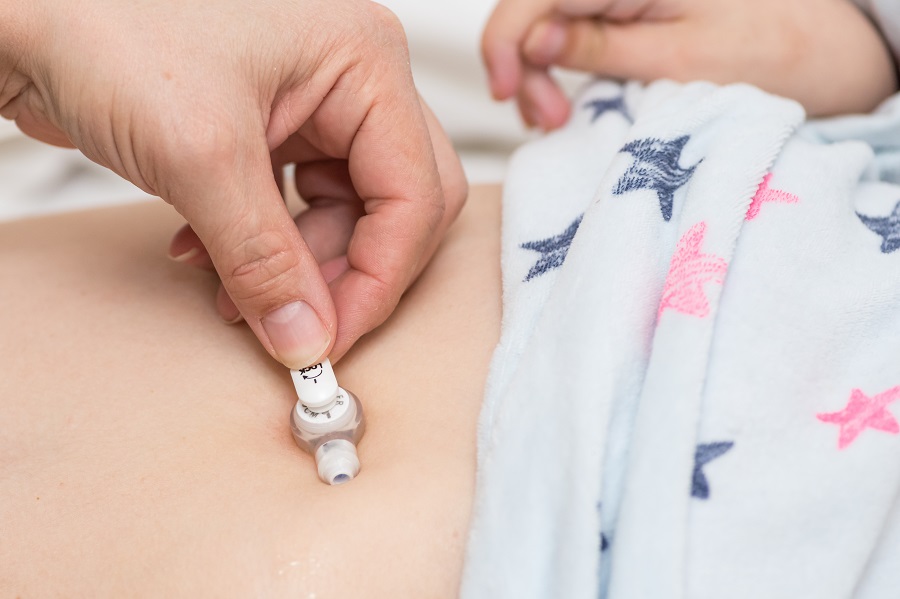
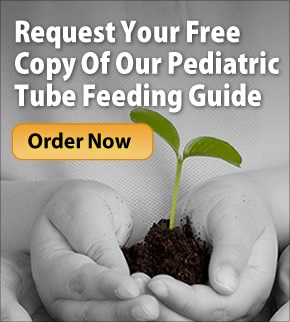


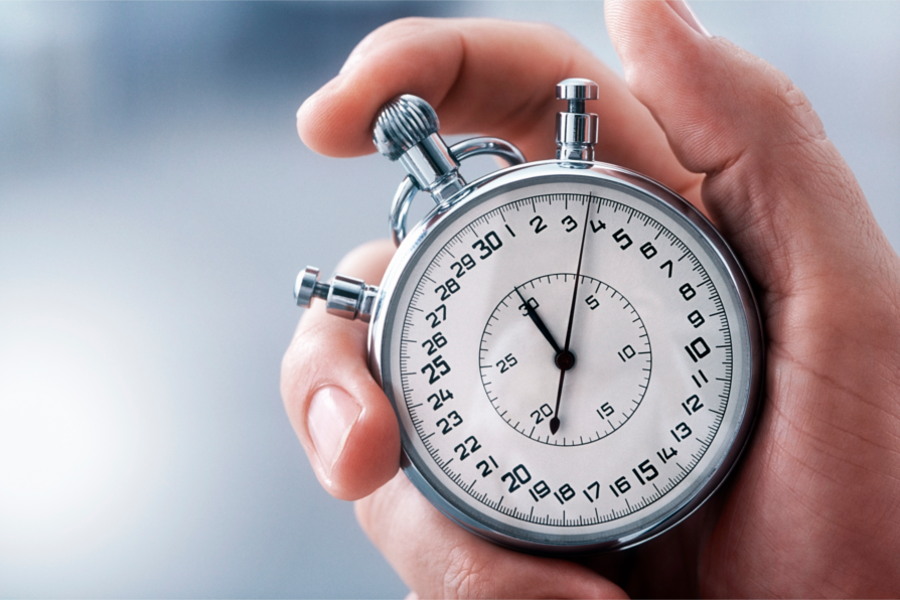


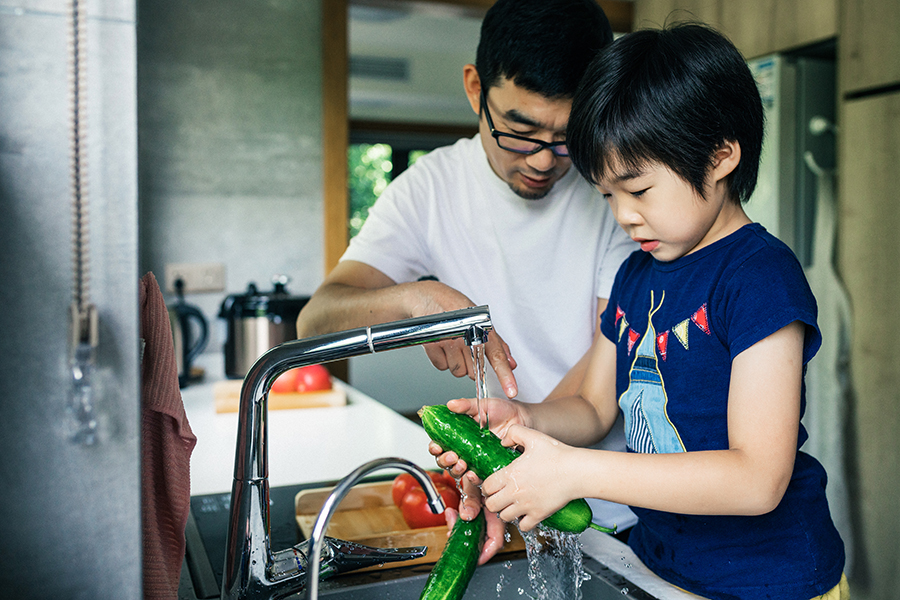
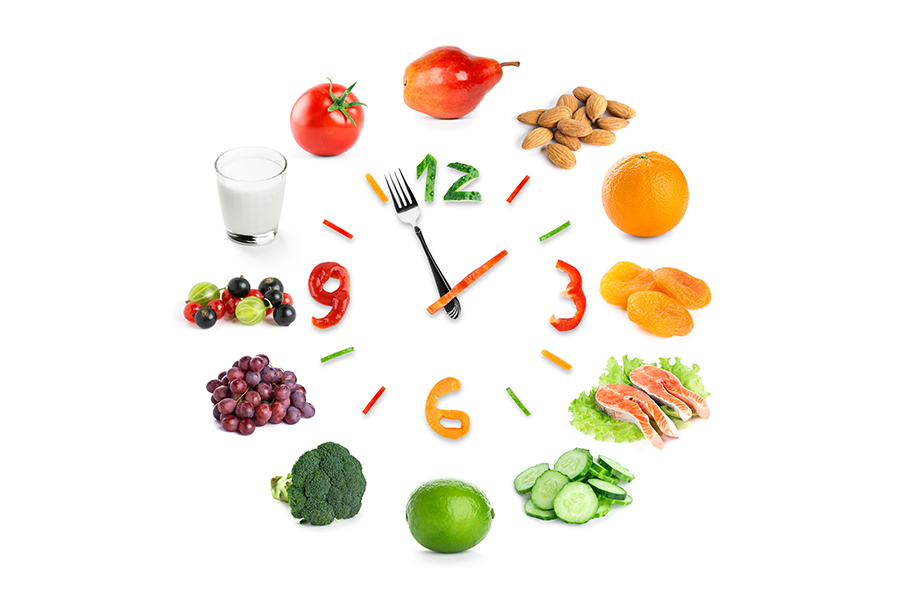

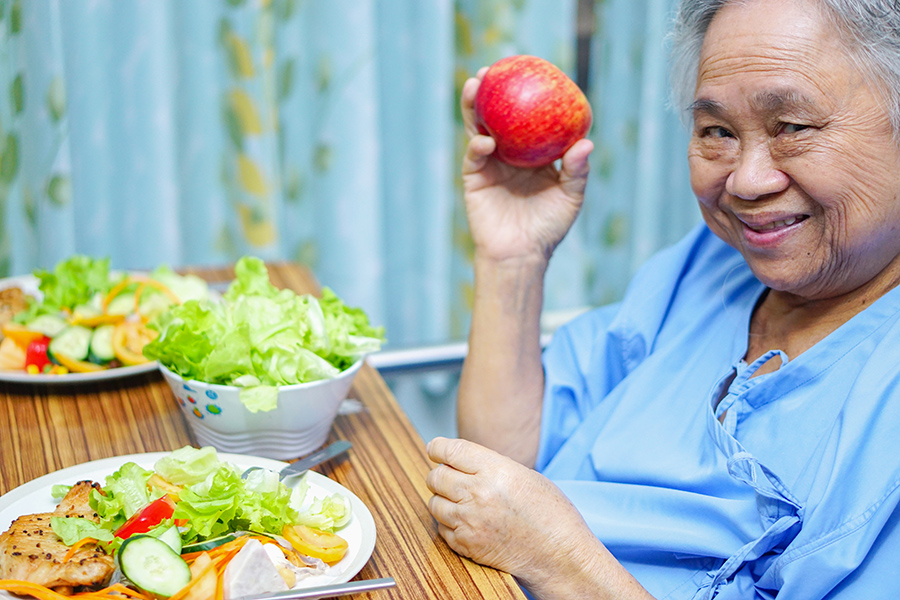
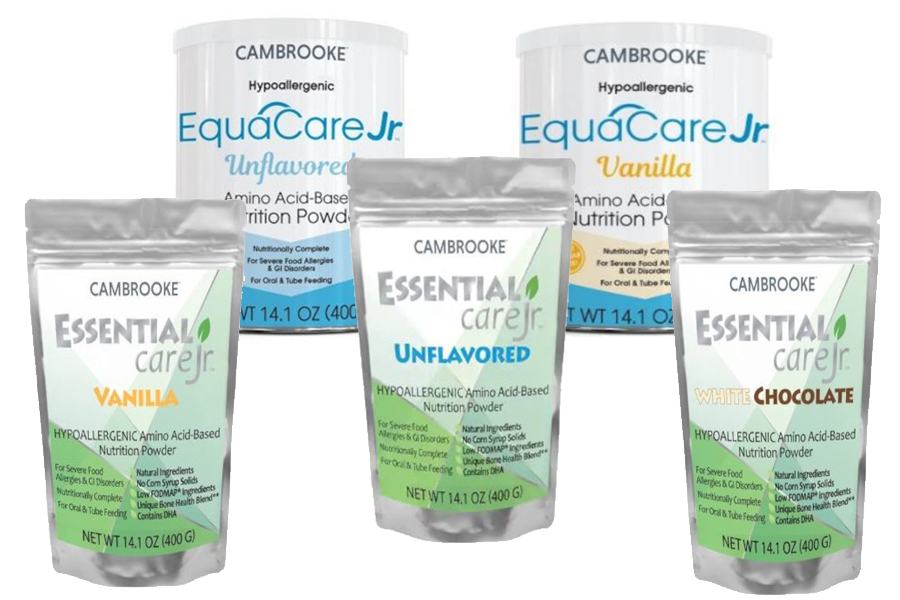
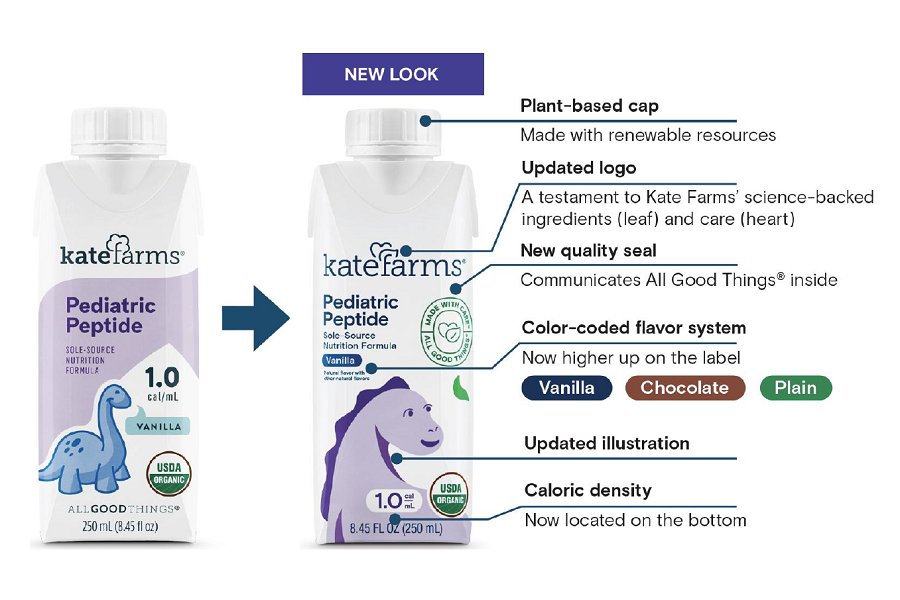

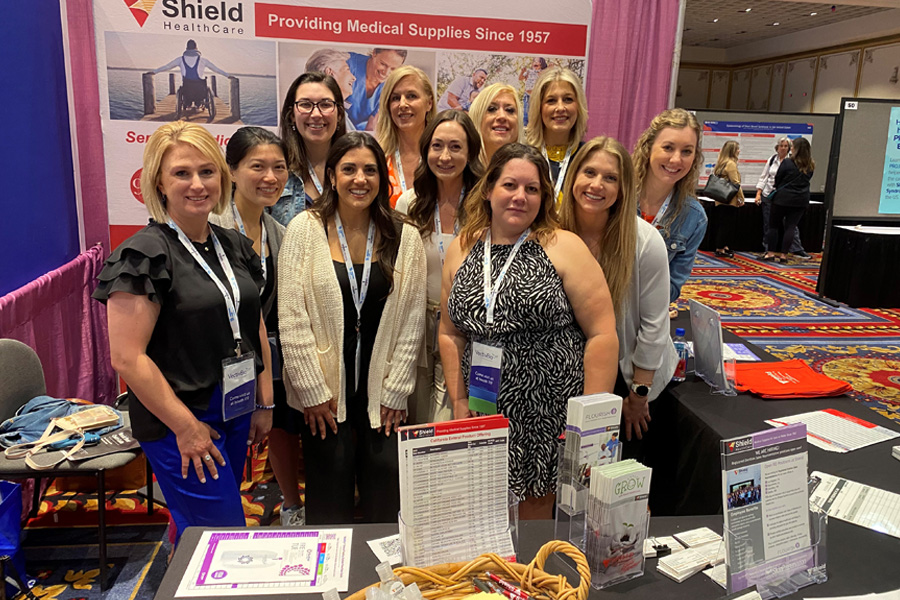
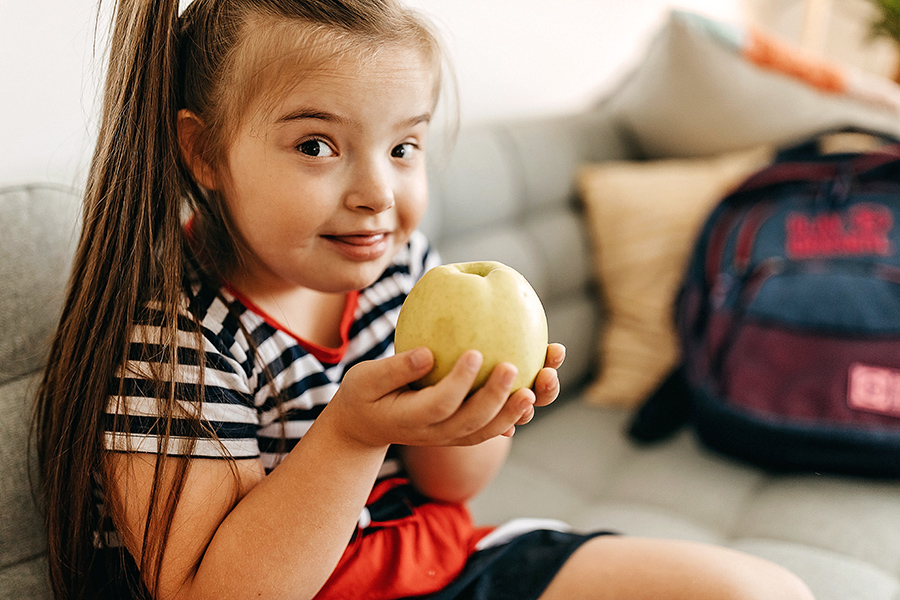

Thanks for talking about J tubes!! They are very different and yet, the same as a G tube. We have used one for ten years and now use a blenderized diet in the pump.